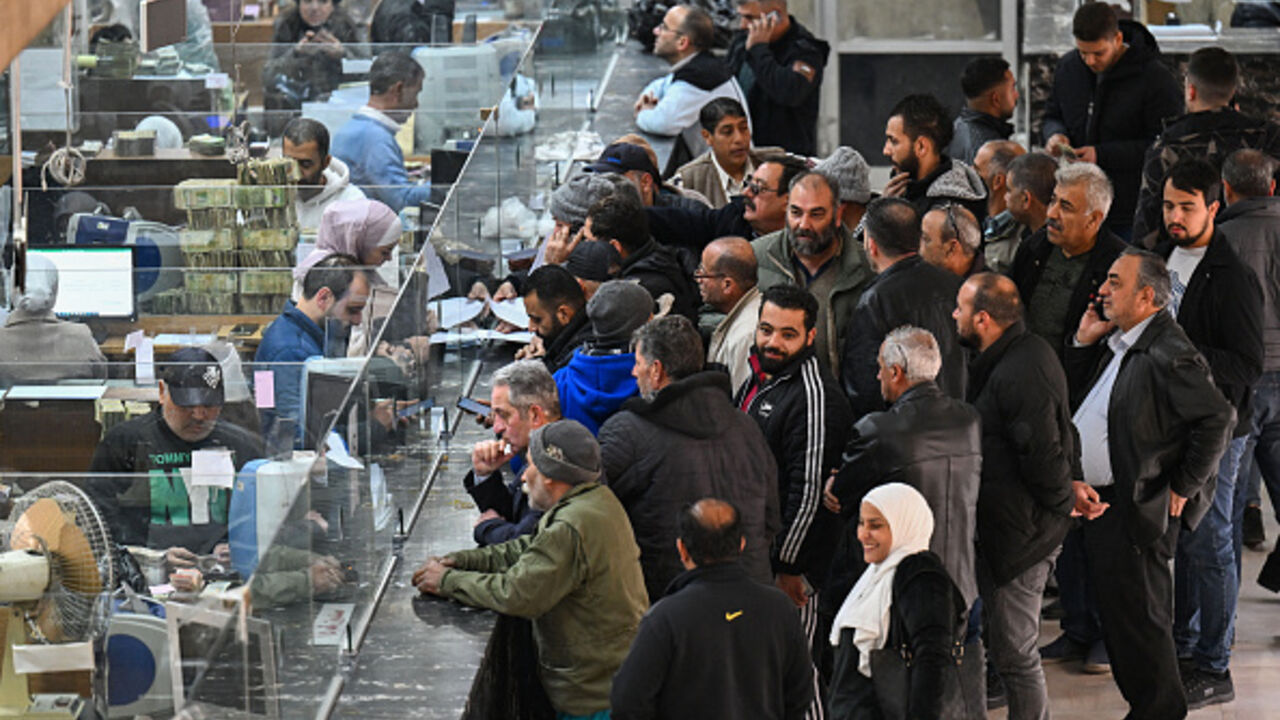
The fall of the Assad regime in December 2024 marked a historic turning point for Syria, which had suffered total devastation after a 14 years of war. In an effort to rebuild, the new government announced the adoption of a “free market” economic model, abandoning the socialist legacy and corruption of the previous regime. However, this shift raises questions about the possibility of achieving a balance between economic openness and protecting local industry, especially in light of structural challenges and ongoing international sanctions.
Motives for the Transition to a Free Market Economy
As Syria seeks to break its economic isolation by integrating into global markets, especially after a 50% loss in GDP since 2010 it will need to attract foreign investment. In addition to liberalizing the economy, the former regime controlled vital sectors through protectionist policies, corruption, and favoritism, which stifled competition and growth.
Another motive, for moving to a free market model, is addressing structural crises. With the collapse of the Syrian pound (SYP) and unemployment rising to 60%, the free market is seen as a solution to stimulate production and create job opportunities.
Foreign Goods Threaten Domestic Growth
Foreign goods have flooded the market at low prices, supported by customs exemptions, threatening local industries such as canned goods and clothing, which are unable to keep up with prices or quality.
Also among the challenges is the devastated economic legacy, including collapsed infrastructure and lack of monetary stability. According to a 2024 study by the World Bank Group, “in 2023, SYP depreciated substantially by 141% against the US dollar, while consumer price inflation is estimated to have risen by 93%, exacerbated by government subsidy cuts.”
The existence of international sanctions, such as the US Caesar Act, hinders reconstruction and limits foreign investment.
Implemented Reforms and Their Impacts
The government removed restrictions on foreign currency trading, liberalizing the exchange rate, which contributed to a 60% reduction in the prices of some goods, but increased the flow of counterfeit dollars.
Among other reforms are the privatization of state-owned companies: The process of transferring ownership of some sectors to the private sector has begun, but it faces the risk of concentrating wealth among a few. Tax and customs exemptions are intended to encourage investment, but they could also lead to flooding the market with imports at the expense of local production if unchecked.
Recommendations for a Successful Transition
Strengthening protectionist legislation and imposing gradual customs duties to protect emerging industries, while ensuring they do not become a barrier to competition can be beneficial. Reforming institutions by building an independent oversight body to combat corruption and issuing clear competition laws is also key.
International integration by negotiating the gradual lifting of sanctions, while ensuring transparency in the use of foreign aid will vitalize recovery. Finally, supporting the agricultural and industrial sectors through soft loans and modernizing infrastructure to boost local production.
Syria’s transition to a free market economy is not just an option; it’s a necessity to salvage a collapsing system. However, success depends on a delicate balance between openness, protecting social vulnerability, and rebuilding trust through radical institutional reforms.








